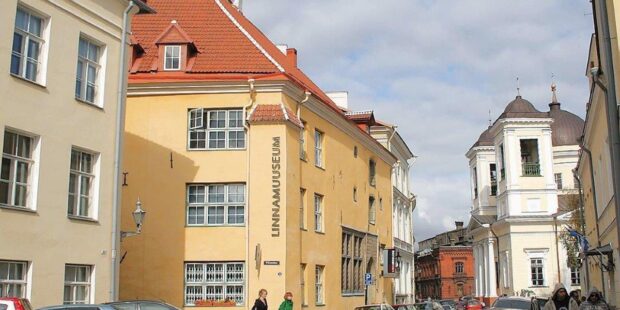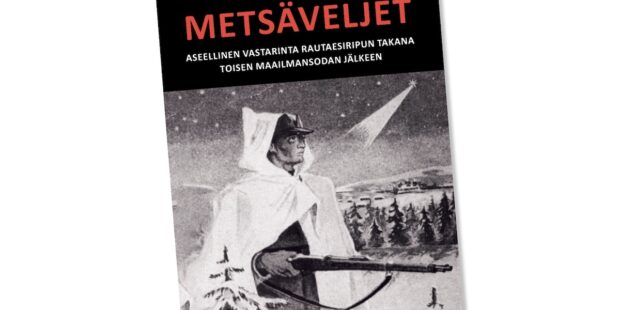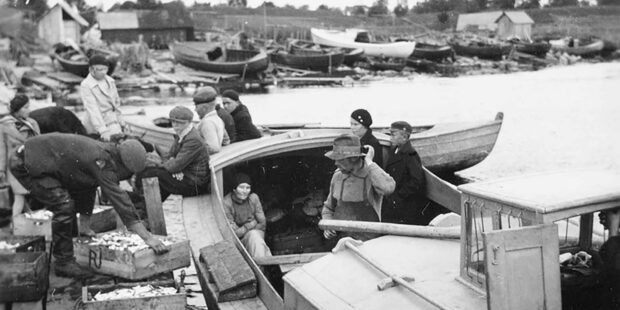14.2.2023 | History
Olde Hansa: The medieval origins behind Valentine’s Day
Text Mark Taylor
Photo PRISMA ARCHIVO / Alamy Stock Photo

The celebration of Valentine’s day began in the Middle Ages, to mark the time in mid-February when birds begin to nest. Today, on February 14th, lovers exchange chocolates, flowers and other gifts in the name of the mysterious Saint Valentine.
St. Valentine is the patron saint of lovers, travellers, young people, and several other groups. In line with the day’s medieval roots, St. Valentine is often depicted in pictures with birds and roses, the latter of which we more associate with the day today.
Although it is not known for certain who the true patron saint was, as the Catholic Church recognises at least three different martyred saints named Valentinus. According to the most popular legend, Valentinus was a priest living in Rome in the 3rd century who continued to perform marriages in secret, even though Emperor Claudius II forbade them for young soldiers because he believed that single men were better soldiers than those who were married with wives and children.
At Olde Hansa medieval restaurant in Tallinn, Valentine’s Day will be celebrated according to the traditions of the time. On February 14, visitors will enjoy feast dishes and Egon Schönherz will tell love stories and legends of the medieval Hanseatic cities, and musicians will play beautiful tunes about love and friendship. Diners can also expect several surprises too.
To learn more about this and similar topicsHanseatic
Medieval
Middle Ages
Olde Hansa
St Valentine
Tallinn
Valentines History
Valentine’s Day
12.12.2025 | History
The Museum of Tallinn City Life Has Been Renewed
The Tallinn City Life Museum has reopened its diverse exhibitions to the public after nearly a year of renovation … Read more
19.8.2025 | History
What Happens When the Money Runs Out?
A Briefcase for a Wallet What happens when money runs out? As in literally runs out, when there are … Read more
13.8.2025 | History
Step Into Helsinki’s History
Interested in Helsinki’s history, architecture, or the Helsinki Olympics? Embark on an entertaining journey guided by three virtual hosts, … Read more
10.8.2025 | History
How Did the 1980 Olympic Regatta Shape Tallinn?
In July, it will be 45 years since the 1980 Summer Olympics in Moscow, and the sailing events held … Read more
23.7.2025 | History
New Programme Guides Viewers in Estonian History and People
The YouTube series “My Tallinn” has entertained viewers for over 30 episodes. In the series, Risto Lassila introduces Finnish … Read more
23.7.2025 | History
Mart Laar’s Book on the Forest Brothers Now Available
Historian Mart Laar’s book, “Forest Brothers: Armed Resistance Behind the Iron Curtain After World War II”, explores the resistance … Read more
29.5.2025 | History
 7
7
New Book Published on the History of Noblessner Harbour
Did you know that over a hundred years ago, Noblessner Harbour served as a tsarist submarine shipyard, where the … Read more
25.5.2025 | History
New Exhibition About Coastal Swedes at the Estonia National Museum
A new exhibition titled “Rannarootslased. Estlandssvenskar. Estonia-Swedes” has opened at the Estonian National Museum. It is the largest and … Read more










